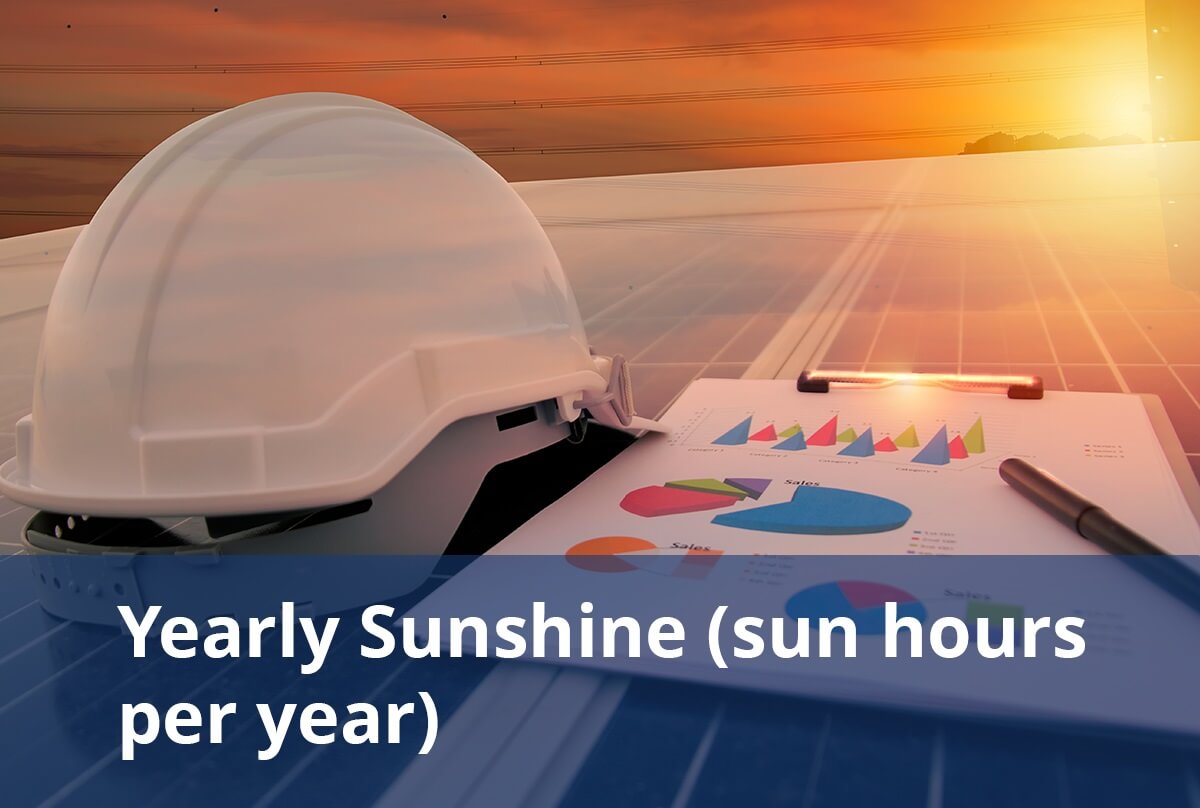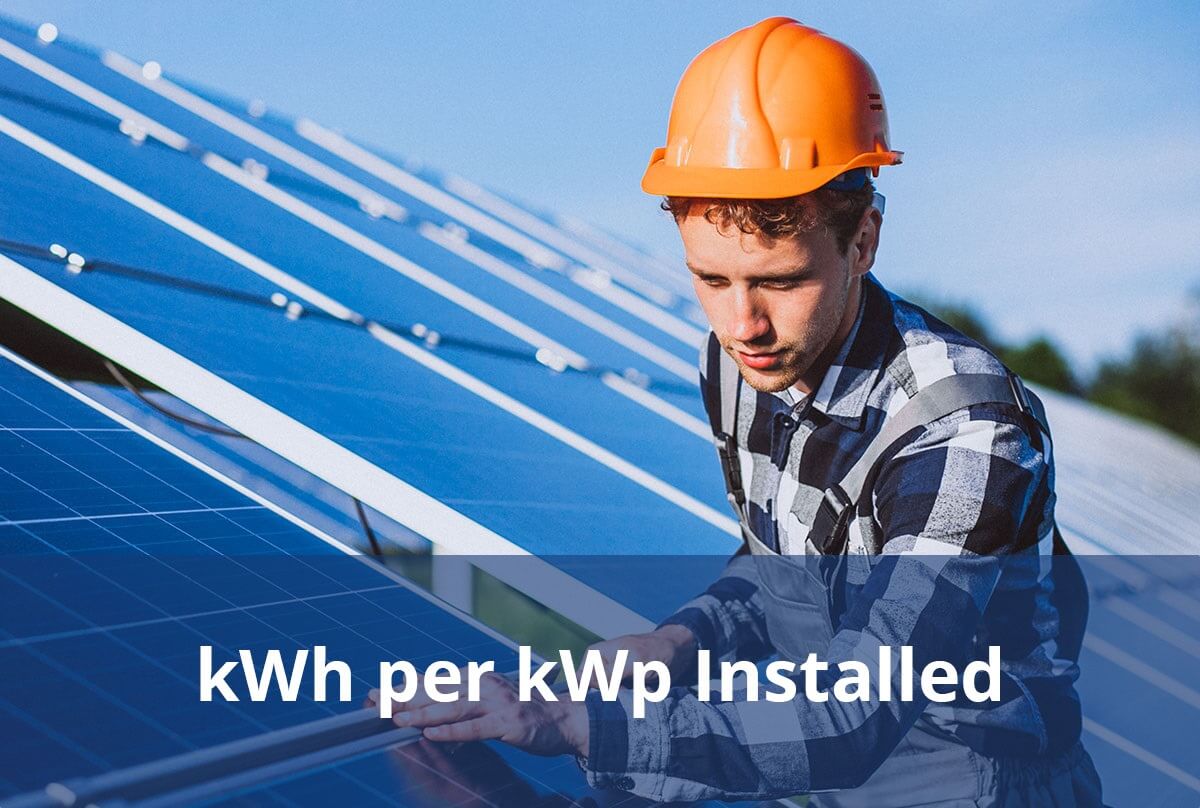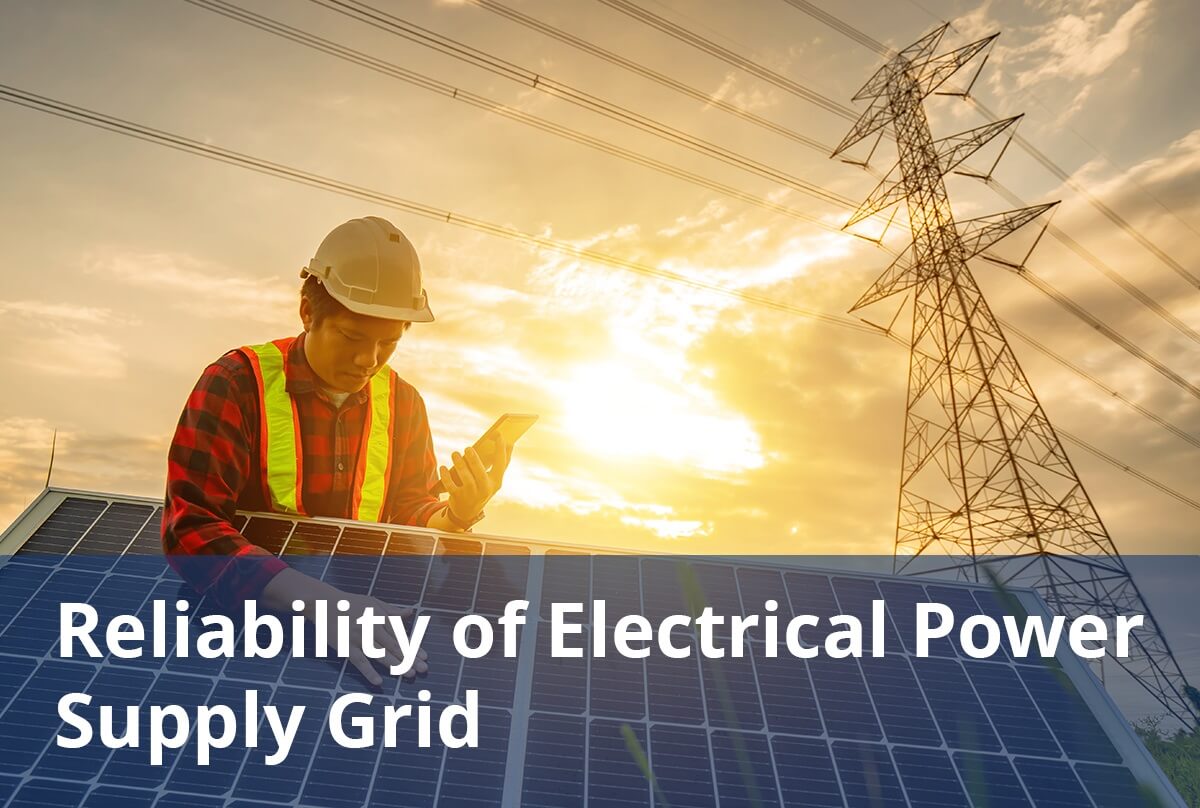Discover comprehensive insights into the statistics, market trends, and growth potential surrounding the solar panel manufacturing industry in Egypt
- Climatemps. (2024, May 15). Sunshine & daylight hours in Cairo, Egypt. Retrieved from https://www.climate.top/egypt/cairo/sunlight/#:~:text=There%20is%20an%20average%20of,sunny%2078.7%25%20of%20daylight%20hours.
- EMECO. (2024, May 15). Egypt – A country with optimal sun exposure. Retrieved from http://www.emeco-egypt.com/ENERGY/solar_in_egypt.html
- Global Petrol Prices. (2024, May 15). Egypt electricity prices. Retrieved from https://www.globalpetrolprices.com/Egypt/electricity_prices/
- Hitachi Energy. (2020). ABB Power Grids to enable major grid expansion in Egypt. Retrieved from https://www.hitachienergy.com/me/en/news/features/2020/03/abb-power-grids-to-enable-major-grid-expansion-in-egypt-
- Statista. Total solar energy capacity in Egypt from 2012 to 2023 (in megawatts). Retrieved from https://www.statista.com/statistics/1215515/egypt-total-solar-energy-capacity/
- Trade.gov. (2022). Egypt – Country Commercial Guide. Retrieved from https://www.trade.gov/country-commercial-guides/egypt-electricity-and-renewable-energy#:~:text=Egypt%20is%20working%20on%20increasing,conventional%20energy%20sources%2057.33%20percent
- Transformers Magazine. (2023, June 23). Egypt achieves lowest renewable power prices. Retrieved from https://transformers-magazine.com/tm-news/egypt-achieves-lowest-renewable-power-prices/
- Daily News Egypt. (2024, January 2). Egypt raises electricity prices by up to 26% in bid to curb subsidies. Retrieved from https://www.dailynewsegypt.com/2024/01/02/egypt-raises-electricity-prices-by-up-to-26-in-bid-to-curb-subsidies/#:~:text=Egypt%20raises%20electricity%20prices%20by%20up%20to%2026%%20in%20bid%20to%20curb&text=*%200%2D50%20kWh:%20EGP%200.58%20per%20kWh,1.40%20per%20kWh%20(up%20from%20EGP%201.28)
- U.S. Energy Information Administration (EIA). (2022). Egypt-Overview. Retrieved from https://www.eia.gov/international/analysis/country/EGY#:~:text=According%20to%20the%20latest%20estimates%20in%20BP’s,consumption%20for%20the%20same%20year%20(Figure%201)
- Andersen. (2024, January 21). Renewable energy in Egypt: Investment and sustainability. Retrieved from https://eg.andersen.com/renewable-energy-in-egypt/#:~:text=The%20Government%20offers%20several%20incentives,the%20feed%2Din%20tariff%20system
- Mordor Intelligence. (2024). Solar market Egypt size & share analysis – growth trends & forecasts (2024-2029). Retrieved from https://www.mordorintelligence.com/industry-reports/egypt-solar-energy-market
- PV Magazine. (2024, April 13). Egyptian solar set to expand beyond the massive 1.8 GW Benban PV project. Retrieved from https://www.pv-magazine.com/2024/04/13/weekend-read-take-off-at-last-for-egyptian-pv/#:~:text=NREA%20figures%20show%20that%20at,on%20the%20Red%20Sea%20coast
- Enterprise. (2021, June 28). Rooftop solar panels: Why they’re good and how much they cost. Retrieved from https://enterprise.press/stories/2021/06/28/rooftop-solar-panels-why-theyre-good-and-how-much-they-cost-46137/#:~:text=Families%20in%20Egypt%20can%20reasonably%20expect%20to,solar%20installations%20in%20Egypt%20include:%20A%20photovoltaic
- Moharram, N. A., Tarek, A., Gaber, M., & Bayoumi, S. (2022). Brief review on Egypt’s renewable energy current status and future vision. Energy Reports, 8(Supplement 9), 165-172. https://doi.org/10.1016/j.egyr
- Power Technology. (2024). Power plant profile: Siwa Oasis Solar PV Park, Egypt. Retrieved from https://www.power-technology.com/data-insights/power-plant-profile-siwa-oasis-solar-pv-park-egypt/
- Power Technology. (2024). Power plant profile: Abydos Kom Ombo Solar PV Park, Egypt. Retrieved from https://www.power-technology.com/data-insights/power-plant-profile-abydos-kom-ombo-solar-pv-park-egypt/?cf-view
- Moharram, N. A., Tarek, A., Gaber, M., & Bayoumi, S. (2022). Brief review on Egypt’s renewable energy current status and future vision. Energy Reports, 8(Supplement 9), 165-172. https://doi.org/10.1016/j.egyr
- Wazaef Alyoum. (2023). Top 10 in-demand jobs in Egypt. Retrieved from https://www.linkedin.com/pulse/top-10-in-demand-jobs-egypt-wazaefalyoum-apwpf#:~:text=The%20average%20salary%20for%20a%20renewable%20energy%20engineer%20in%20Egypt,depending%20on%20experience%20and%20qualifications
- Salary Expert. (2024, May 15). Solar energy system installer salary in Egypt. Retrieved from https://www.salaryexpert.com/salary/job/solar-energy-system-installer/egypt#:~:text=The%20average%20solar%20energy%20system%20installer%20salary,from%20employers%20and%20anonymous%20employees%20in%20Egypt
- Worldometer. (2024, May 15). Egypt population. Retrieved from https://www.worldometers.info/world-population/egypt-population/
- Fraunhofer. (2016, December). Electricity cost from renewable energy technologies in Egypt. Retrieved from https://www.ise.fraunhofer.de/content/dam/ise/en/documents/publications/studies/Dec2016_Fraunhofer-ISE_LCOE_Renewable_Energy_Technologies_EN_v20_ns.pdf
- Solar Reviews. (2024). Solar panel cost Egypt: Prices & data 2024. Retrieved from https://www.solarreviews.com/solar-panel-cost/arkansas/egypt#:~:text=Solar%20panel%20cost%20Egypt:%20Prices%20&%20data%202024&text=As%20of%20May%202024%2C%20the,solar%20tax%20credit%20now%20available
- Enterprise. (2022, February). Solar plants face new grid integration fees. Retrieved from https://enterprise.press/stories/2022/02/02/solar-plants-face-new-grid-integration-fees-64029/
- Samir, S. (2023, December). Egypt’s energy infrastructure: A cornerstone for regional energy trading dominance. Retrieved from https://egyptoil-gas.com/features/egypts-energy-infrastructure-a-cornerstone-for-regional-energy-trading-dominance/#:~:text=Egypt’s%20Oil%20&%20Natural%20Gas%20Infrastructure,Suez%20and%20the%20Mediterranean%20Sea
- Ember. Egypt’s vast untapped solar potential can help overcome its fossil gas dependency and cut its rising power sector emissions. Retrieved from https://ember-climate.org/countries-and-regions/countries/egypt/
- Energies. (2018). Impact of optimum allocation of renewable distributed generations on distribution networks based on different optimization algorithms. Energy Reports, 11, 165-172. https://doi.org/10.3390/en11010245
- Energypedia. Egypt energy situation. Retrieved from https://energypedia.info/wiki/Egypt_Energy_Situation#:~:text=Fig.2:%20Total%20Energy%20Access,98%25
- Trading Economics. (2024). Egypt – Access to electricity (% of population). Retrieved from https://tradingeconomics.com
- Riad and Riad Law Firm. (2023). New regulations for solar PV self-consumption projects – Egypt. Retrieved from https://riad-riad.com/new-rules-for-solar-pv-self-consumption-plants-egypt/#:~:text=In%20all%20cases%2C%20the%20maximum,existing%20and%20the%20future%20projects.
- Riad and Riad Law Firm. (2021). Electricity and renewable energy regulations in Egypt. Retrieved from https://riad-riad.com/electricity-and-renewable-energy-regulations-egypt-update/#:~:text=On%2028%20April%202020%2C%20EgyptERA,and%20up%20to%2020%20MW.
- TyCorun. (2024, March). Top 5 solar companies in Egypt. Retrieved from https://www.tycorun.com/blogs/news/top-5-solar-companies-in-egypt#:~:text=1.-,Top%205%20solar%20companies%20in%20Egypt%20in%202024,Masdar%2C%20Canadian%20Solar%2C%20JinkoSolar.









